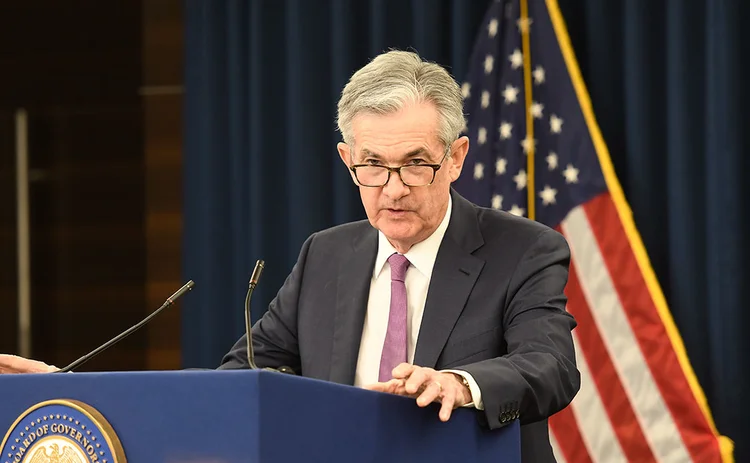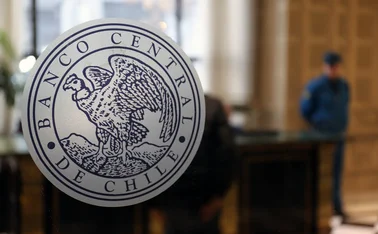
Fed cuts rates and makes further ‘technical adjustment’
Fed doesn’t see funding pressure episode having implications for its ability to control rates

The Federal Reserve reduced its policy rate today (September 18), but policy-makers were not all in agreement on the final decision.
The central bank also made a further “technical adjustment” to the tools it uses to influence its target rate.
The majority of voting Federal Open Market Committee members – seven out of 10 – voted to reduce its target range by 25 basis points to 1.75–2%. St Louis Fed president James Bullard, however, was in favour of a 50 basis point reduction, while Kansas Fed
Only users who have a paid subscription or are part of a corporate subscription are able to print or copy content.
To access these options, along with all other subscription benefits, please contact info@centralbanking.com or view our subscription options here: subscriptions.centralbanking.com/subscribe
You are currently unable to print this content. Please contact info@centralbanking.com to find out more.
You are currently unable to copy this content. Please contact info@centralbanking.com to find out more.
Copyright Infopro Digital Limited. All rights reserved.
As outlined in our terms and conditions, https://www.infopro-digital.com/terms-and-conditions/subscriptions/ (point 2.4), printing is limited to a single copy.
If you would like to purchase additional rights please email info@centralbanking.com test test test
Copyright Infopro Digital Limited. All rights reserved.
You may share this content using our article tools. As outlined in our terms and conditions, https://www.infopro-digital.com/terms-and-conditions/subscriptions/ (clause 2.4), an Authorised User may only make one copy of the materials for their own personal use. You must also comply with the restrictions in clause 2.5.
If you would like to purchase additional rights please email info@centralbanking.com test test test








